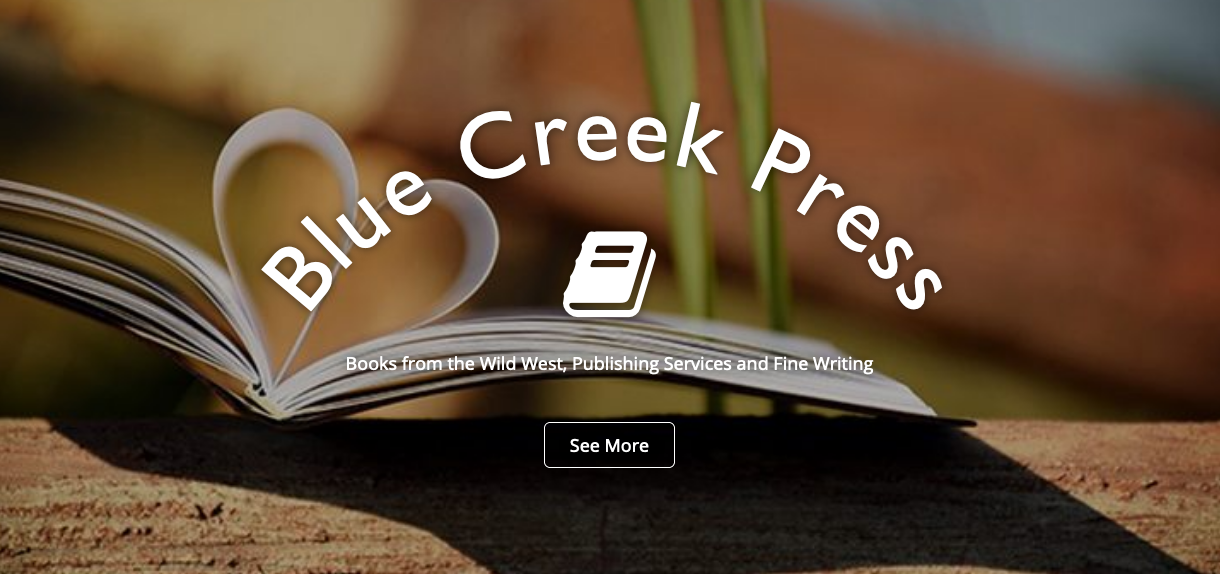This morning, I’m at White Bird canyon in north central Idaho. A red-tailed hawk sails along the bottom of a scree slope below me at the edge of the White Bird Battlefield segment of the Nez Perce Trail National Historic Trail. I am standing in a display that explains the beginnings of the Nez Perce War of 1877. Below me, the battle site is spread out like a map to be read. Behind me, a guy tells war stories in the parking lot — not real war stories, but stories of his many conquests — from which I am leaning toward disbelief. To his credit, he is helping a friend and her young daughter move from Lewiston, Idaho, to Las Vegas, Nevada.
I lived in Las Vegas for seven years at different times and escaped not a moment too soon last time, so I ask why they are moving there. The woman tells me that her husband, who has preceded her, will be making more money than he knows what to do with selling manufactured homes. As fast as Las Vegas is growing, she might be right.
I’m tempted, though, to tell her not to go. “Stay here in Idaho,” I want to say, “where 100 degrees is hot and it rains enough, if not too much. Stay here where the night sky is still visible, as it was last night, with the Milky Way splashed across the void north to south.” With no moon to interfere, I had seen tiny trails left by streaking meteorites that were probably no bigger than a baseball when they hit the atmosphere. “Stay here, where life is a little safer and there are not so many things that can eat you alive.”
But if I tell her that, she might miss the opportunity to learn things about herself. Las Vegas was the beginning of lessons I may not have survived without. It was in Las Vegas, after all, that I went to my first Twelve-Step meeting. And I must remember that I met God in a Las Vegas apartment complex in the middle of the night. That may seem an unlikely spot to meet God, but God hangs out where God will, just as God speaks when God will.
Maybe that’s what that woman is on her way to Las Vegas to learn.
∞
That first Twelve-Step meeting I found myself in years ago was a place I never imagined I would be in my young dreams of being a cowboy — a place where the trademark silence of my Western heroes is as good as a death warrant. If there is anything I have learned in recovery, it is that speaking to our pain as addicts is what saves our lives. The first question most people ask if I tell them I’m a recovering addict is “What were you addicted to?”
The question might better be “What are you addicted to?” for I have not become “unaddicted.” No addict becomes unaddicted — at least not in my experience — but I have learned how to live without indulging my addiction, and to live well.
The answer to the question is, “It doesn’t matter.” No matter what an addict’s symptom addiction is, I think we are all addicted to the same thing, and that’s pain. Pain is a familiar, solid thing we can cling to in the face of the Great Ambiguity, a nebulous thing we cannot, for whatever reason, trust to be benign, for there lurks we know not what.
But it’s in nebulae that stars are born and in recovery that we learn to trust the Great Ambiguity. Recovery is where we come to know the God of our own understanding — and come to suspect that God and the Great Ambiguity are one in the same. In recovery, too, we find healing from the disease of addiction — spiritual cancer, growupus interruptus.
In these pages, you will meet briefly the Unknown Addict, whose absence convinced me he had fallen victim to his addiction. If there is no other reason to have made this book, it is so one other person might read it and recognize themselves or someone they care about and find the path to sanity and spiritual maturity that the Unknown Addict did not — or at the very least, find hope in the knowledge that there is such a path.
There are several stories here beside the Unknown Addict’s. They crisscross each other and sometimes seem not to have much to do with each other. In retrospect, it has become apparent to me that they have had everything to do with each other. These stories are all part of the same life, a life that has been alternately “normal,” not-so-normal and, like the life of the children in the Chinese curse, ultimately interesting.
My dad, the Old Man, has been dead 22 years this spring, felled by cancer at age 58. Even Jim, who spent his last years on a couch while emphysema ate his lungs, outlived him. I wish the Old Man were here to read this and shake his head and maybe hint that he thought I was full of baloney. No matter his reaction, I know he would like the idea of this book, even if he might not admit it.
This place I’m standing this morning, White Bird Canyon, is not where this book began, but it is where it began to crystallize — when Coyote drew me into the story of the Nez Perce, and into my own story and my family’s stories.
So, this book is for some of my heroes: for the Old Man; for that old cowboy, Jim; for Burt Loper, whom you will meet later; and for Joseph, Yellow Wolf, Ollocot and the other Nez Perce who fought their way across Idaho, Wyoming and Montana in 1877.
Most of all, this is for the Unknown Addict, in the hope that others like him will find heroes of their own, and in their heroes and the God of their own understanding, find themselves.


